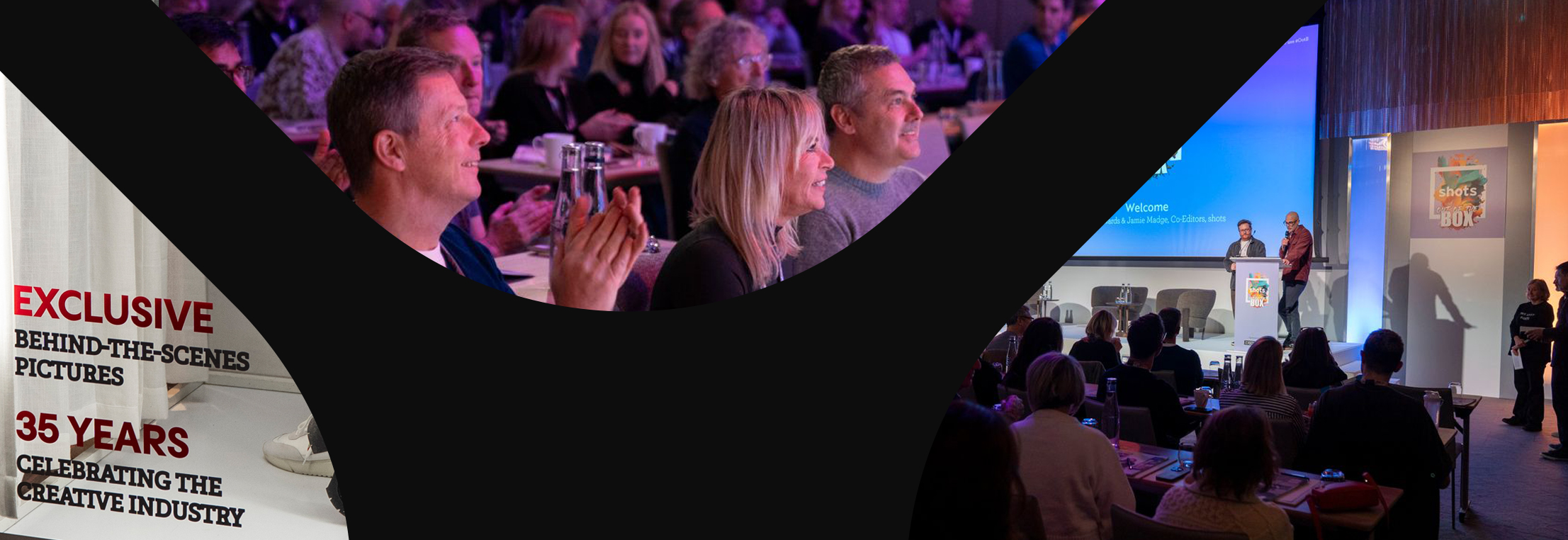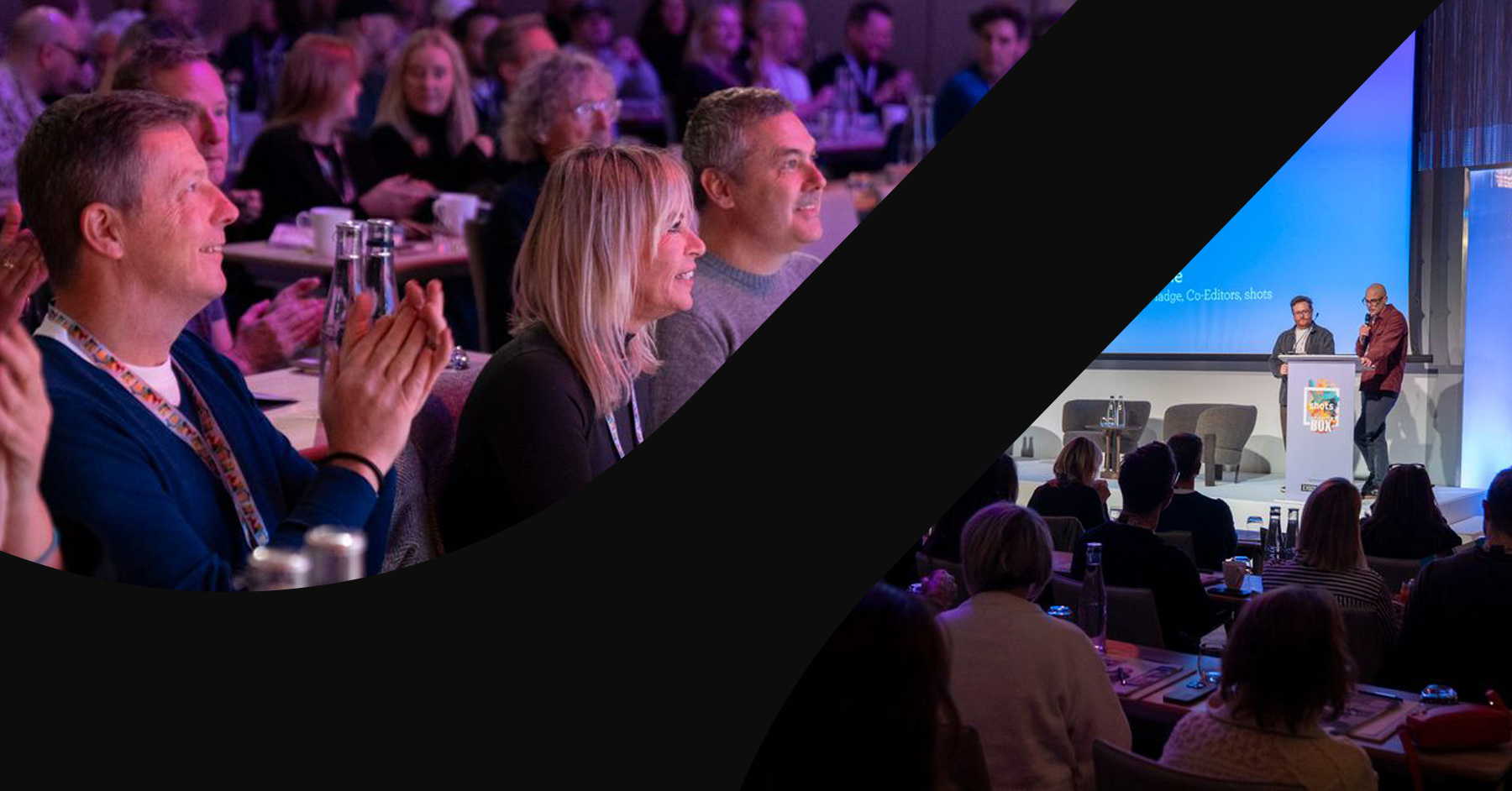Marketers Around the World Navigate Pride Month
In recent years, Pride Month has been seen as a relatively straightforward opportunity for global brands to showcase their inclusivity efforts by donating to LGBTQ+ causes or debuting rainbow-themed products. But this year’s June celebrations are slightly more complicated, following criticism from some customer segments in response to a few recent campaigns.
Bud Light faced backlash and watched its sales drop by 21% in mid-April after partnering with transgender influencer Dylan Mulvaney. The brand eventually pulled back from that endorsement, provoking disappointed reactions from LGBTQ+ activists. Target pulled its own Pride-themed merchandise from shelves following “anti-woke” protests and a $10-billion value loss in May, then the mass retailer received bomb threats at shops in three states for turning its back on the LGBTQ+ community.
As transgender rights continue to come under attack in the United States, this is undoubtedly a difficult issue for brands to juggle. “In the past, when Pride Month would come up, sometimes we saw brands hesitating because they were fearful their allyship would seem shallow and that they weren’t doing enough,” said Lisa Weser, CEO of Trailblze. “Now, we’re hearing concerns even from brands that have activated successfully in the past that now they might find themselves in the middle of a culture war.” Despite the controversy, brands are still moving toward including diverse and LGBTQ+ characters in creative, because taking a stand is not only important, it’s good business. A recent GLAAD survey showed that 75% of non LGBTQ+ adults feel comfortable with representation in ads, while 73% said they are comfortable watching LGBTQ+ characters on TV.
Times of hardship also inspire acts of bravery. European Union (EU) Ambassador for Gender and Diversity, Stella Ronner-Grubacic, recently explained why inclusion matters in a 60-second video aimed at combating sexual discrimination. On that continent, citizens and visitors are celebrating Pride with parades and parties in cities like Berlin, Lisbon, Amsterdam and Paris, among others. Brands are also expressing solidarity through various activations. NYX Professional Makeup called out anti-LGBTQ+ bullying with its “Game Out Loud” campaign that includes an online Roblox component. Verizon’s all-digital wireless service, Visible, released a spot doubling as a ‘70s-style game show called “No Straight Answers” on the first day of Pride Month. The North Face struck its own tongue-in-cheek note in a video posted to various social sites, starring drag queen Pattie Gonia as the brand’s representative. And Starbucks India took a heartwarming tone in “It Starts with Your Name,” a campaign about the parents of a child who’s transitioning.
Historically, this battle is not new. “Pride is, by definition, a protest,” said LGBTQ+ historian and author Eric Cervini. In the US, the first Pride March happened in 1970, following New York’s 1969 Stonewall Riots that sparked a national gay rights movement. “Allyship is sometimes uncomfortable,” said Jared Todd, press secretary of the Foundation at the Human Rights Campaign. “I don’t think people realize that quite enough.” Yet shifting demographics may offer a glimpse of what’s to come. A new Ipsos study involving over 22,500 participants in 30 countries found that 18% of Gen Z identify as LGBTQ+, compared to just 4% of baby boomers. As self-identification within the LGBTQ+ community grows, the trend toward greater tolerance and diversity may naturally follow, accompanied by inclusive marketing initiatives from brands around the world.



